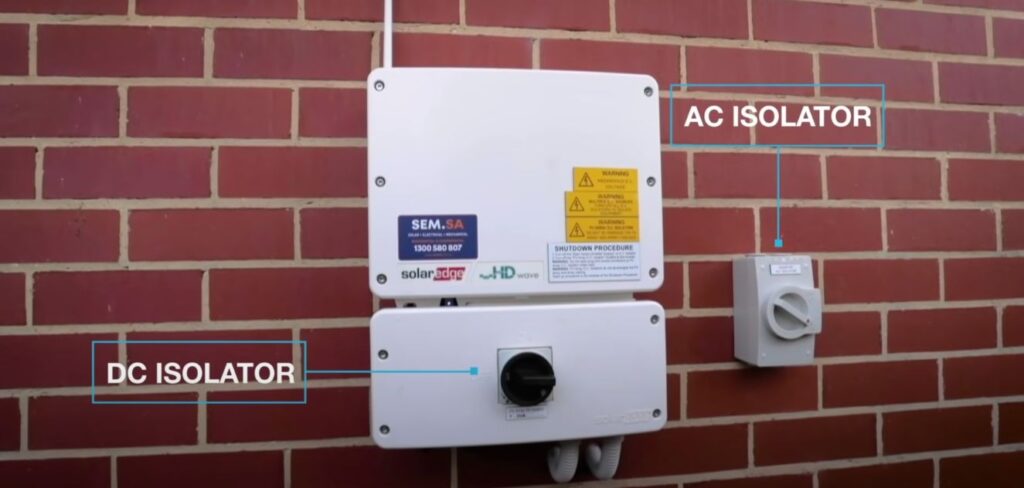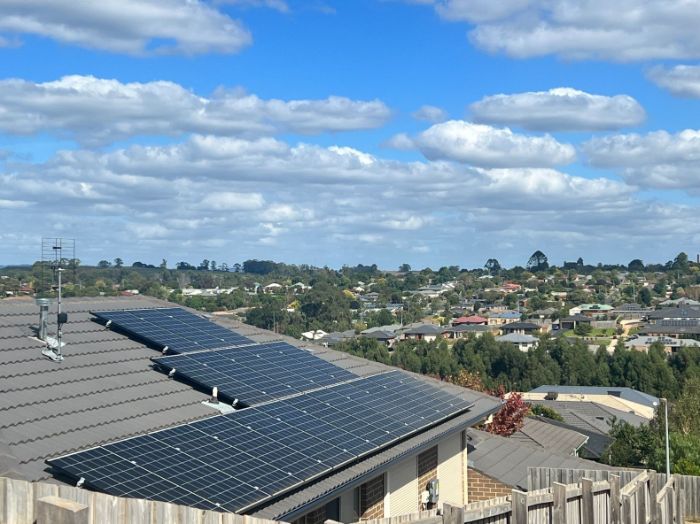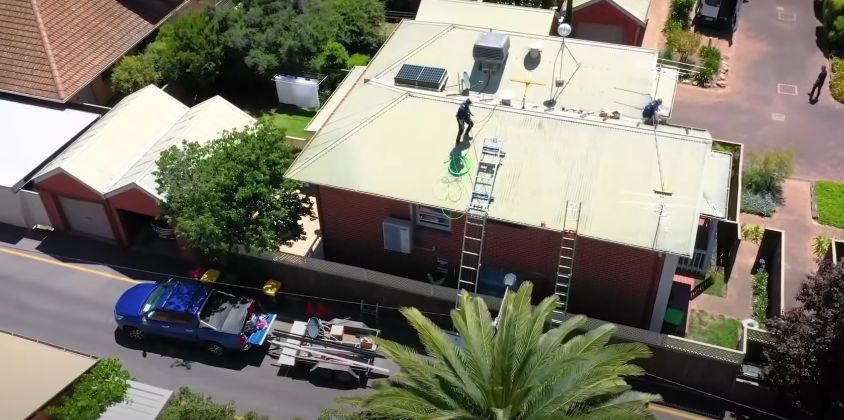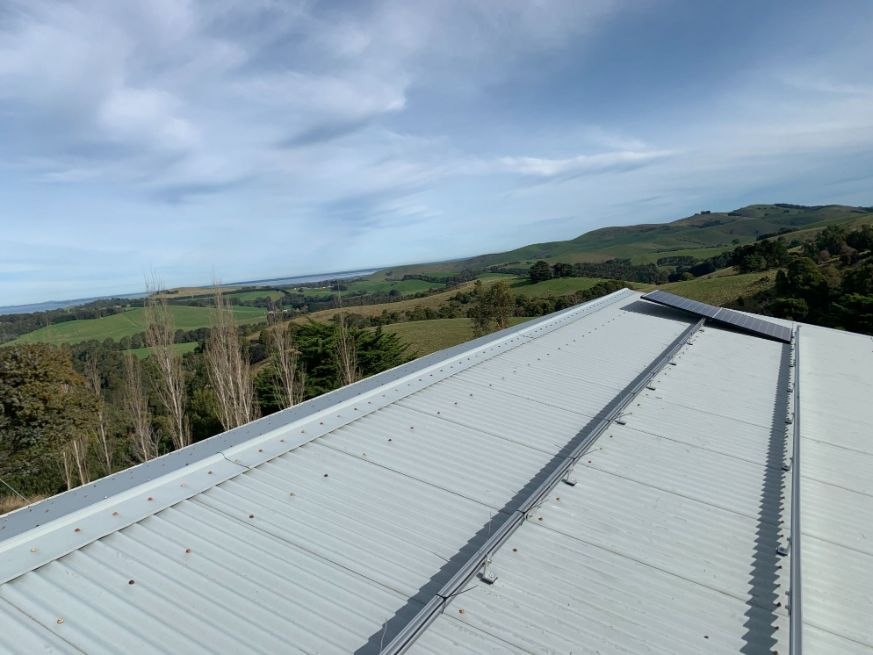Theoretically speaking, connecting your solar panels using the parallel wiring approach is better. The main reason behind this is that it enables continuous operation of the connected panels even if one of them isn’t working.
However, parallel wiring isn’t always the best choice for all requirements. There are instances where a location has to attain certain voltage requirements for its inverter to work properly.

A solar panel can only operate optimally if it has a balanced voltage and amperage. Our crew at Connected Solar Gippsland can combine both series and parallel connections in a solar array so it can benefit from both worlds.
In this blog, we’ll discuss more about wiring solar panels in series and parallel and their differences.
What Does It Mean to Wire Solar Panels in Series?

Wiring solar panels in series means connecting the positive terminal of one panel to the negative part of another. When a solar installer connects two or more panels in this manner, it results in a PV source circuit.
Solar panels that are linked in series have the voltage of their panels added together. However, the total amperage stays the same. For example, connecting 2 solar panels that have a rated voltage of 40 volts and an amperage rating of 5 amps in series will lead to a series that has 80 volts in total with the same amperage.
Setting a solar panel array to be connected in series format allows the voltage of the whole system to increase. This is essential since inverters need to meet a certain voltage before they can work properly.
Have you ever asked yourself, ‘can solar panels damage your roof?’ If so, you can read our blog about it to find out.
What Does It Mean to Wire Solar Panels in Parallel?

To wire solar panels in parallel is to connect the positive terminal of a single panel to that of another. It also requires the negative terminals from both panels to be linked to each other.
All positive wires are then attached to a positive connector located in a combiner box, while all negative ones are linked to the negative connector. When there are many panels wired in parallel format, the resulting connection is known as a PV output circuit.
As opposed to a series connection, solar panels wired in parallel result in an increase in amperage while the voltage stays the same. This allows more solar panels to be installed in a system without exceeding the voltage limits of an inverter.
How Do Solar Panels Wired in Series Compare to Solar Panels Wired in Parallel?

The difference between solar panels wired in series compared to those wired in parallel is that a problem in even one panel in a series connection results in the entire circuit failing. In a parallel circuit, one defective solar panel won’t affect the operation of the others in the system.
In real-world applications, installers wire solar panels based on the type of inverter they use.
Have you ever wondered how maintaining solar panels works? Check out our blog about it to know more.
